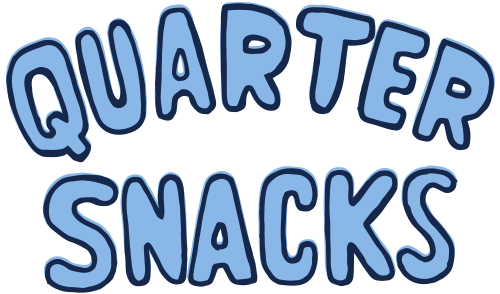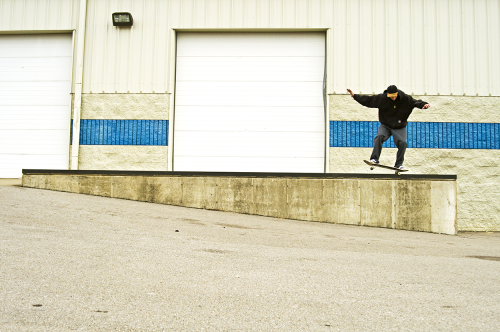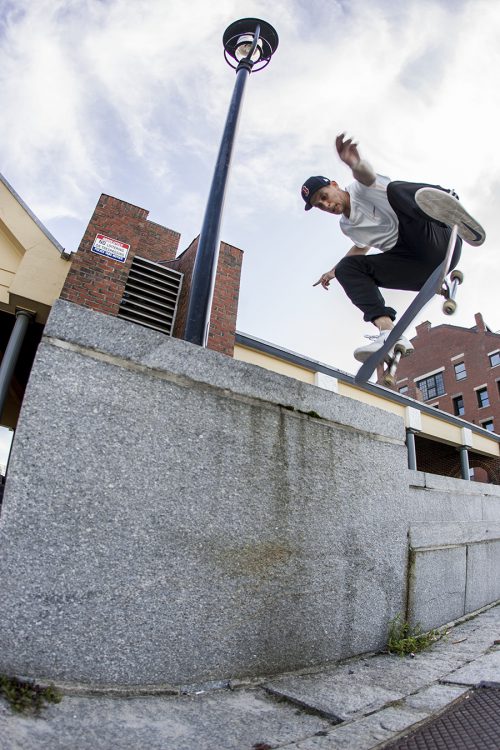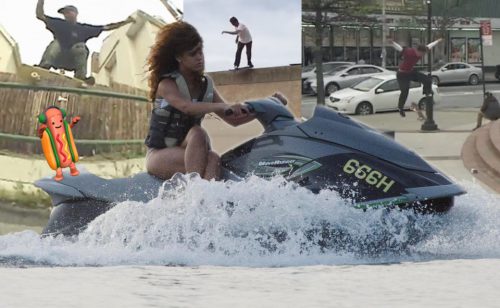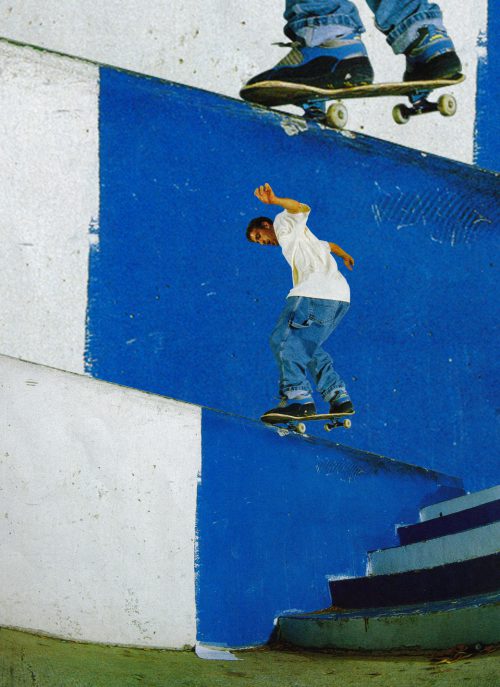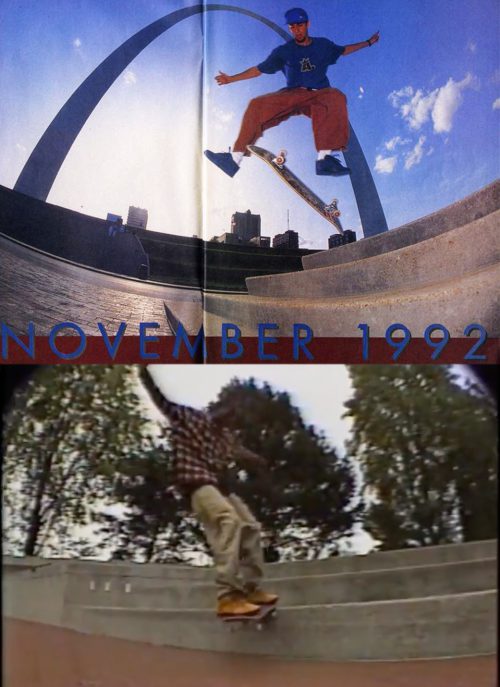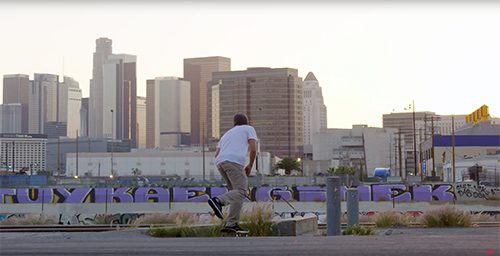Photo by Corey Rosson
Words & Interview by Frozen in Carbonite
The American archetype of The Cowboy as a metaphor for an “outlaw” lifestyle is around 150 years old. The New Jersey classic, “Wanted Dead or Alive,” which just flat out states “I’m a cowboy” is probably the least subtle example of this. Ross Norman’s 2008 Last of the Mohicans part, on the other hand, is more cerebral. The juxtoposition of the Highwaymen classic “Silver Stallion,” and Norman’s technical-yet-relatable #lowimpact skating stood out in a sea of women’s jeans and Modest Mouse edits.
Through the sands of time, the Mohicans part developed a cult following — devotees including Hjalte Halberg, who stated on the record that he stole all his tricks from Norman. Recently, the dude made a comeback of sorts, going pro for The Vacation and branding himself as a North American plaza specialist, an almost impossible job description. Indeed, based on the current state of North American plaza skating, one could even call him a desperado or some shit.
So we caught up with one of your favorite skater’s favorite skaters to, A) get into what he’s been up to for the past decade, and B) shed some light on one of America’s last standing organic plaza spots.
Where are you from, and how did you get into skating?
I was born in Torrance and then moved to the Santa Ynez Valley, which is near Santa Barbara, CA. That was when the Powell SkateZone was open. I started going there in 1992 when I was twelve years old, and saw some contests that got me stoked on skating. Kinda started from there, and skating street after that place closed.
How did you link up with Joe Perrin and all those Florida guys?
I skated for Status Skateboards back in the early 2000s, and Mike Rosa was on the team. He’s from Orlando and skated for Westside, so he knew John Buchanan, Dowd, Renaud, all those dudes. I met Rosa on the first Status tour — it was a two-month tour that Van Styles talked about in that Nine Club interview. We went through Florida, so I met Renaud and Nix when they were like fourteen or fifteen — like, tiny little kids. And Josh Dowd skated for DNA, which was the sister company to Status. Dowd moved to Hollywood, Rosa and 80s Joe were staying at his place, and I’d always go and stay with them. Rosa and 80s got their own apartment, and I basically lived on their couch for years.
Who was most influential on your skating coming up in Santa Barbara?
The Church of Skatan guys were the local rippers. Dylan Gardner was kinda like the hometown hero dude. He skated for Neighborhood and was in magazines. He was super sick in the mid-to-late 90s before he got all hesh. I learned nollie flip nose slides just because he did them. But I grew up on 20 Shot, Trilogy, early 411s — all the classic mid-90s videos. L.A. was really close, so I Iooked to that kind of skating as being influential. Gino, Pupecki, Pepe, Welsh… those dudes were and will always be my favorites.



